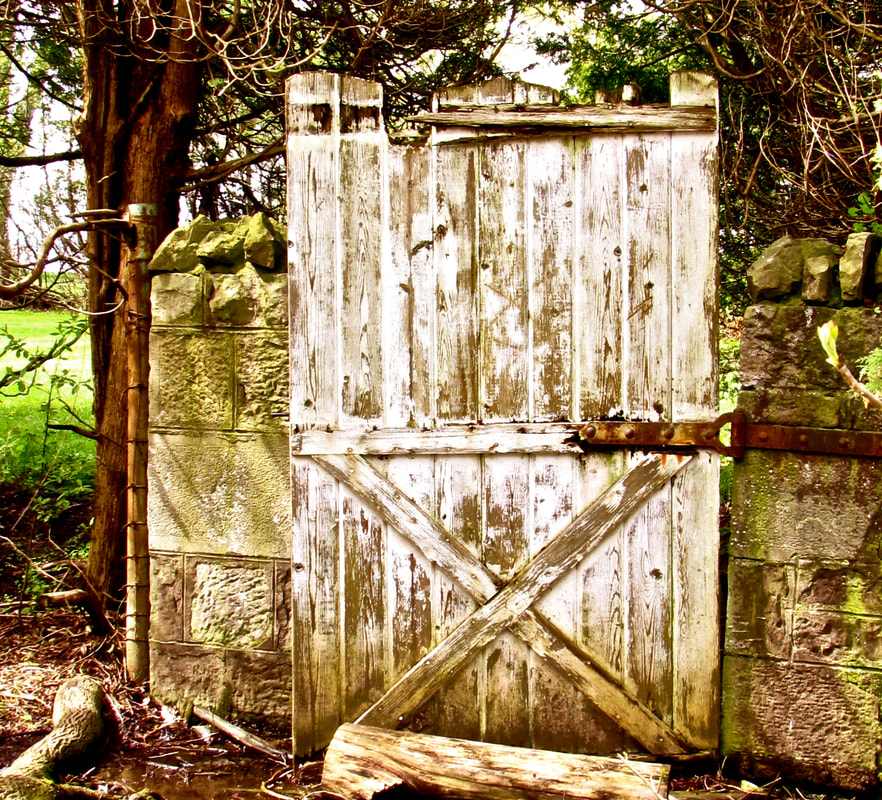For one, I realized that I rarely paint water photographed on a cloudy day, and virtually never paint muddy water even if it is sunlit. I grew up beside two rivers which were full of sediment and wanting to paint them or even photograph them never crossed my mind. What I do remember is studying clear puddles when I was very young because the water brightened and amplified the colour of the pebbles at the bottom. THAT was worth looking at. So the allure, the glow, of water has something to do with transparency. In "The Cradle Endlessly Rocking” #2, I was interested in what I could see of the river bottom and the colour of the deep water, visible on both left and right centres where the river lies in shadow and cannot reflect the sky.
In full sun, on the other hand, the river or lake wears the sky and flaunts its dressed-up self. Above us at the peak of the sky's dome are found the deepest blues, but I also watch for the lighter, more turquoise, blues near the horizon if they haven’t been blocked by trees. There is rarely an opportunity to display the zenith blue directly unless it is a prairie scene. Painters like Dorothy Knowles from Saskatchewan are famous for their extremely low horizon lines; the prairies’ glorious unobstructed sky is the main attraction and needs height to strut itself. Those of us painting in the heavily treed East have to settle for the reflection of that special blue. “The Cradle” has large areas of reflected deep sky blue but only a hint at the very top of light sky itself. My interest was in the water.
The last element of painting water, I think, is paying attention to whatever is floating on top. My waterlily paintings often include the tiny insects that no self-respecting lily is without. Other times small wavelets (n.s.w?) such as those generated by someone standing in a current are critical to reading the river correctly. You will begin to see these in the last painting sessions on “Down in the Gorge”#2. Some artist friends had trouble interpreting what they saw in the early stages, possibly because the photo was taken almost directly above from a high bridge on a sunny day. As a result of the almost 90% angle and strong light, there is no sky reflection and everywhere the sunlight penetrates through to the river bottom. Jon is casting in the main channel, where the strong current has swept away almost all of the duff. To either side of him, however, the current is slower and the river bottom is dark with debris. I am hoping that judicious application of small white high-lights wherever the flow is interrupted will make it clear that he is knee deep and that the entire canvas is a water scene. In “The Cradle,” my last brush strokes added the white flecks on the surface. I am still unsure of what they were; I simply knew they had to be there.
I think I may have just explained to myself why I need a rest-cure after painting a large water scene.


 RSS Feed
RSS Feed
